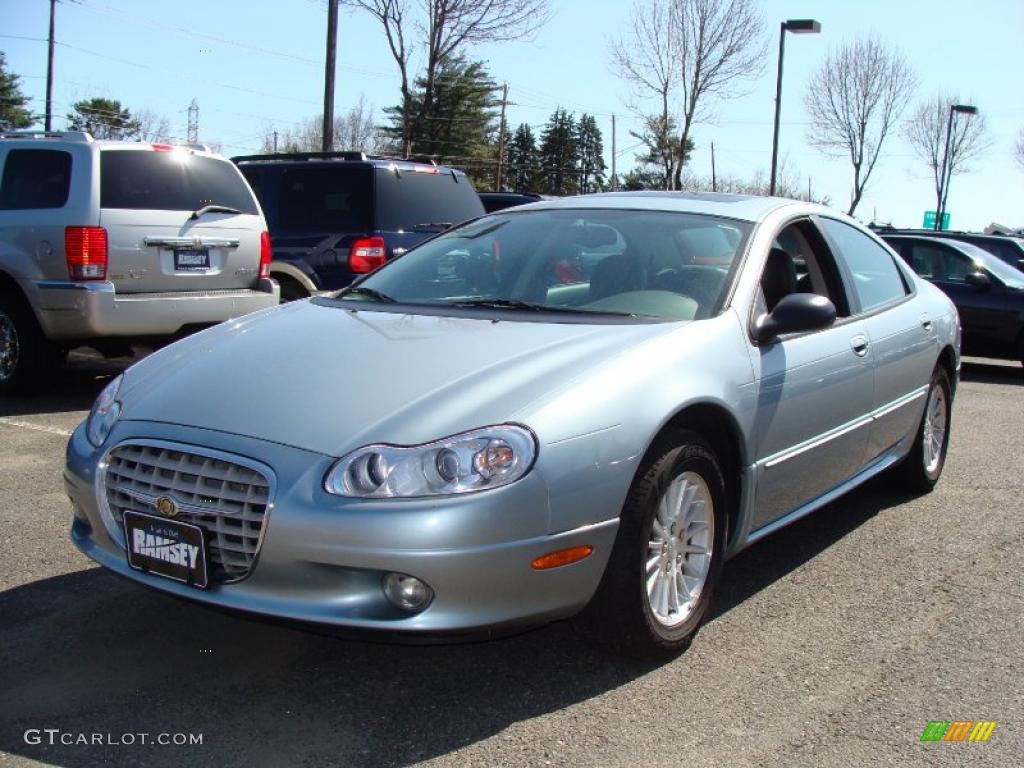

The instrument panel was the home of four dials with silver rings around them. At the front, the carmaker installed a rounded-shaped dashboard with five vents on it. Inside, the Concorde offered plenty of room for five occupants with more than adequate legroom for the back-seat passengers, thanks to a small center tunnel. At the back, a set of elliptic, corner-mounted taillights matched the bio-design era, which was about to end, but it reached the car's target customers. Its cab-forward design with a very raked windshield created a dynamic image amplified by the ascending beltline. The quad beam lights were far better than on the 1993 Concorde. It shared only the door panels with its smaller brother built on the same platform, the Chrysler 300.Īt the front, the 1998 Concorde distinguished itself due to the unusual-looking kidney headlights. Even if it was longer than its predecessor, it was lighter due to the extensive use of aluminum for the rear suspension and hood. With the second generation, the Concorde finally hit the spot. Its predecessor lacked in the lights department, rear window defroster, and a few other areas that made it a slow-seller. Facing many critics for the first generation of the Concorde, Chrysler introduced the second generation in 1998, dismissing its predecessor after only five years since it was launched.


 0 kommentar(er)
0 kommentar(er)
